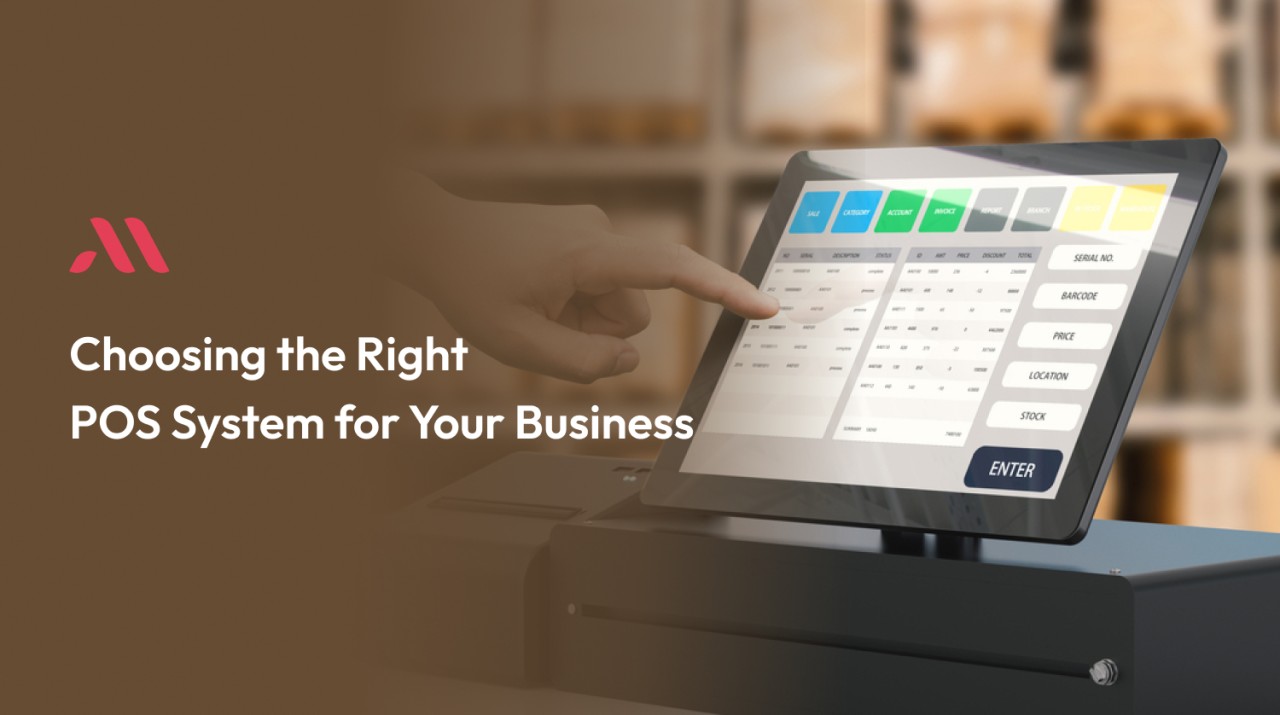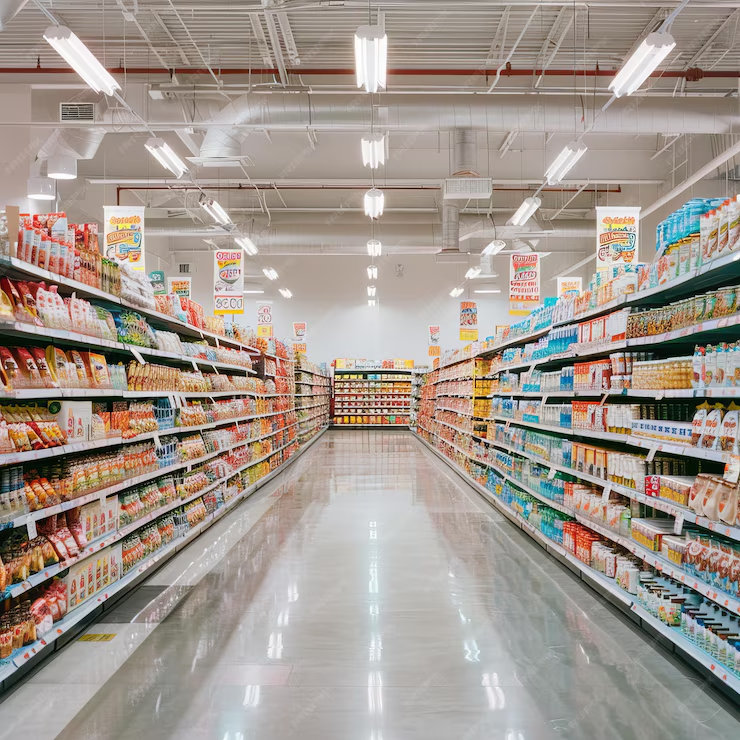Why Switching to a POS System is a Game-Changer for Your Restaurant

In today’s fast-paced restaurant industry, staying competitive means embracing technology that streamlines operations, enhances customer service, and boosts profitability. One such technological solution that has become indispensable for restaurant owners is a Point of Sale (POS) system. If you’re still relying on traditional cash registers or manual methods for tracking orders, inventory, and payments, making the switch to a modern POS system could be a game-changer for your restaurant.
Here’s why upgrading to a POS system is one of the best decisions you can make for your restaurant’s growth and success.
1. Streamlined Operations and Faster Service
One of the most significant benefits of a POS system is the ability to streamline daily operations. A POS system allows for order accuracy and faster service, which is essential in the high-pressure environment of a busy restaurant. When a customer places an order, it’s instantly sent to the kitchen, reducing the risk of mistakes or miscommunications between front-of-house and back-of-house staff. This not only minimizes order errors but also speeds up the entire process, allowing your team to serve customers more efficiently.
Furthermore, POS systems can handle multiple orders simultaneously, making it easier for servers to manage and process them quickly, even during peak hours. This speed translates to shorter wait times for your customers, improving their overall dining experience and encouraging repeat business.
2. Improved Inventory Management
Inventory management is one of the most challenging aspects of running a restaurant. With a POS system, you can track inventory in real time, ensuring you never run out of key ingredients or overstock on supplies. When an item is sold, the POS system automatically updates inventory levels, giving you a clear view of stock quantities at all times.
Some advanced POS systems also allow you to set alerts when stock levels are running low or when certain items are nearing expiration. This helps to reduce food waste and improves overall cost efficiency, ensuring you’re only buying what you need, when you need it. This proactive inventory management helps restaurant owners save money while maintaining consistent quality and service.
3. Enhanced Customer Experience
A key to success in the restaurant business is customer satisfaction, and a modern POS system can help elevate the dining experience. From quick order taking to personalized customer service, a POS system can make it easier to deliver the kind of service that keeps patrons coming back.
POS systems often include customer relationship management (CRM) features, allowing you to track guest preferences, order history, and birthdays. This data can be used to offer special deals, personalized promotions, or even send reminders for anniversaries or other important dates. When customers feel valued, they’re more likely to return and recommend your restaurant to others.
Additionally, many POS systems offer the ability to process contactless payments and integrate with third-party delivery services, catering to customers who prefer ordering via apps or online. Offering multiple payment options not only improves the convenience for your customers but also helps reduce the time spent processing payments and change.
4. Better Financial Insights and Reporting
A modern POS system provides valuable insights into your restaurant’s financial health. Sales reports, profit margins, and employee performance metrics are all accessible with just a few clicks. These reports help restaurant owners make more informed decisions about pricing, menu adjustments, and labor management.
For instance, by reviewing sales data, you can identify your best-selling items and adjust your menu or pricing accordingly. If certain dishes aren’t performing well, the system can help you spot those trends quickly, so you can make necessary changes before losses accumulate.
Additionally, POS systems can track labor costs by monitoring employee hours and sales performance, making payroll more efficient. This can also help you avoid overstaffing or understaffing during busy times, further improving your operational efficiency.
5. Enhanced Security and Reduced Fraud
Traditional cash registers leave your business vulnerable to theft and fraud, especially when cash is involved. A POS system provides better security through secure payment processing, which encrypts sensitive customer data to protect against fraud. Moreover, POS systems typically have user access levels, meaning only authorized staff members can access certain parts of the system, reducing the risk of internal theft.
Also, since all transactions are logged digitally, it’s easier to track sales and audit your financial records. If there’s ever a discrepancy, the POS system can provide detailed transaction logs to pinpoint where errors or theft occurred.
6. Easy Integration with Other Systems
Modern POS systems are designed to integrate seamlessly with other restaurant tools and services. Whether it’s online ordering, reservation systems, inventory management software, or accounting software, your POS system can serve as the central hub for all your restaurant’s operations.
This integration not only saves you time but also ensures consistency across all platforms. For example, an integrated POS system can automatically sync online orders with in-house orders, preventing double bookings and order confusion.
Conclusion
Switching to a POS system is no longer just a luxury—it’s a necessity for restaurants aiming to stay competitive and efficient. From speeding up service to enhancing inventory control, improving customer experience, and providing actionable business insights, a POS system offers a comprehensive solution to the many challenges faced by modern restaurant owners.
If you’re still operating without a POS system or are using outdated technology, the transition to a modern POS solution can significantly improve your restaurant’s performance and profitability. Investing in the right POS system is not just a step toward improving operations; it’s a smart business decision that can fuel your restaurant’s growth for years to come.






